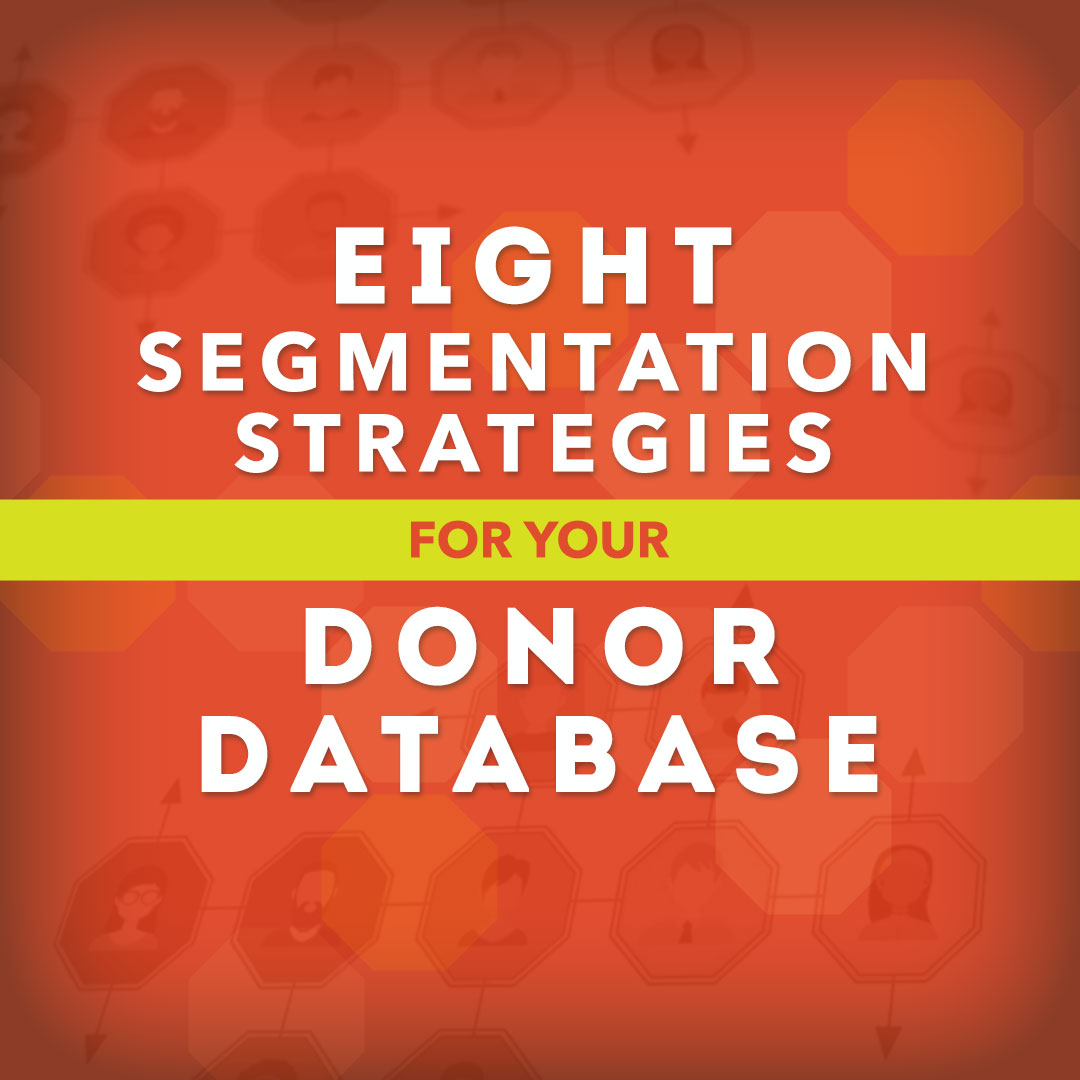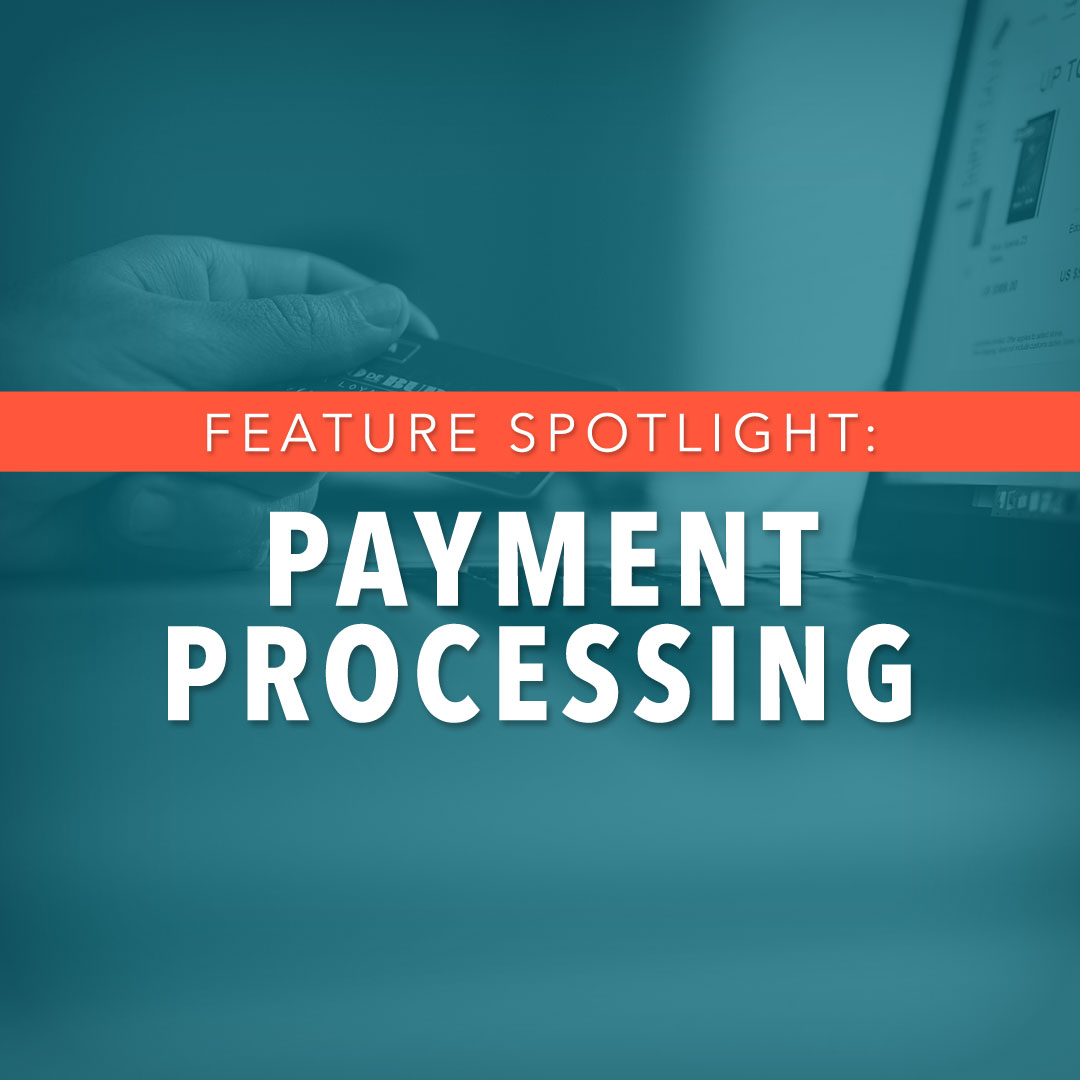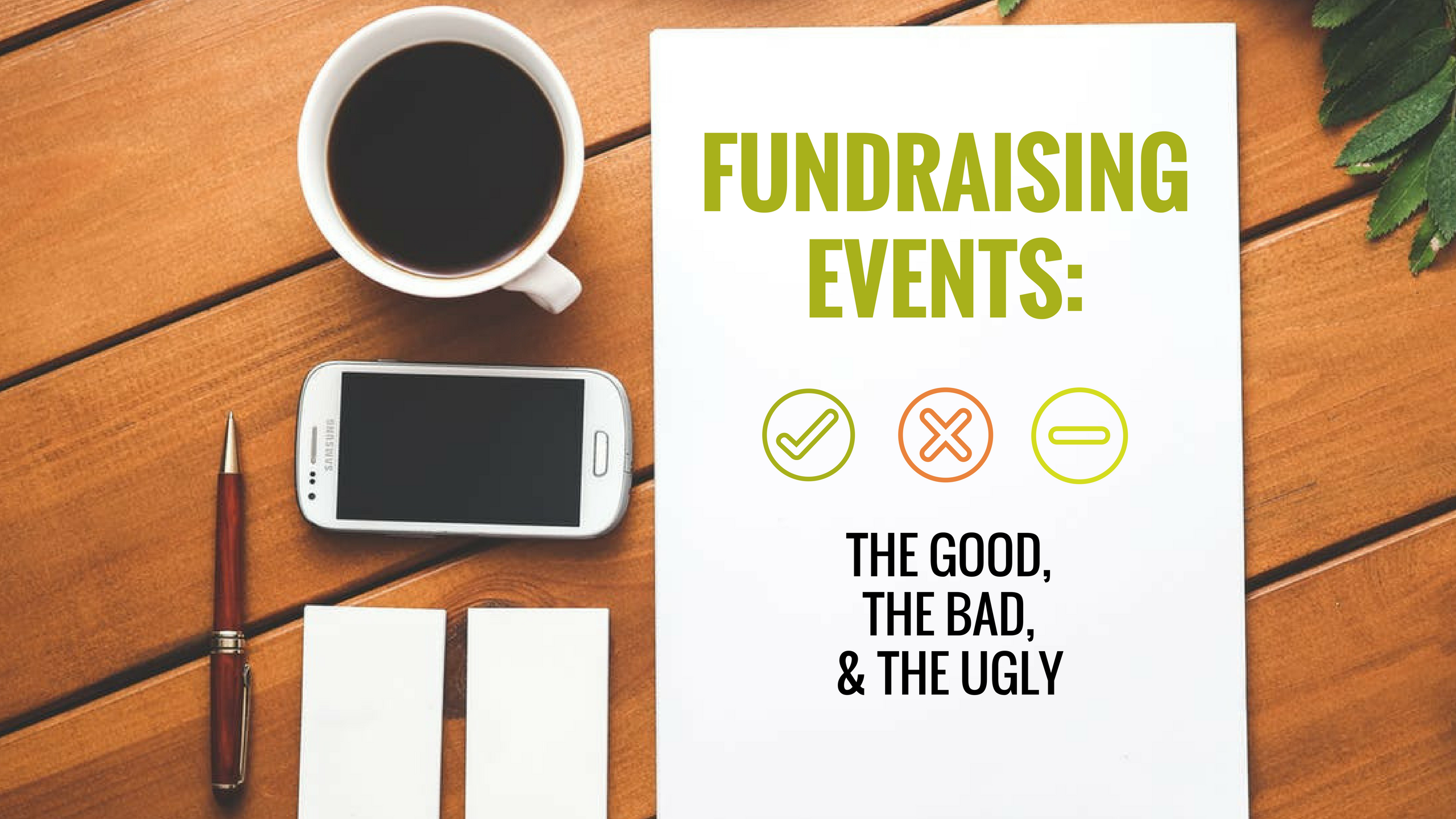When it comes to fundraising events, there’s the good, the bad, and the just plain ugly. It’s tough to put together an event compelling enough to make people attend that’s still tasteful and a good representation of the nonprofit’s brand without forgetting any of the valuable details that actually make the whole thing go off without a hitch.
But nonetheless, fundraising events are important and they will continue to be important, so let’s see how you can make the most of yours by diving into the good, bad, and ugly of these guys. Let’s plan something spectacular.
The Good
The good parts of fundraising events are that they can be highly engaging and memorable. They’re a perfect way to give back to your donors, to show them that you truly appreciate their partnership with your organization to make change possible.
Fundraising events also have the ability to create and offer an experience with your brand that often increases donor engagement over time. Donors attend, they learn even more about your organization by interacting directly with your team, and they build a greater affinity with your cause by seeing its impact first hand. You can boost the experience even more by having interactive displays for attendees and by inviting individuals to share their personal stories of how your work has impacted their lives. For donors, hearing first hand what they’ve helped to accomplish goes a lot further than an email or a direct mail letter.
These events can also be highly effective for your organization as they have the potential to raise hundreds and thousands of dollars for your organization. And if the event is done annually, it can start to raise awareness and visibility for the brand: think Race for the Cure or Relay For Life. Sometimes the fundraising event becomes the hallmark of the organization.
The Bad
The bad parts of planning a fundraising event is that there is a lot of risk involved, especially if it’s the very first one that you are doing. There is always a chance that only a few people will show up or that if people do show up, they might not be able or willing to give.
And with these type of events, there is typically an upfront cost involved—a cost you have to pay off before you’ve even made any money back or sold any tickets. You have to be prepared to accept that the expense of creating and throwing the fundraising event may not be made up in gifts. Evaluate the risk with your internal team and make sure that the organization can swallow the cost if the event fails or doesn’t perform well.
The Ugly
Truly the ugly part of fundraising event planning. . .the details. There is so much to take into account, and one small dropped ball during the planning phase can sometimes mean major catastrophe for the day of the event. Not only do you have to think about handling promotions and marketing, but there are also a ton of logistics to be planned, such as food, décor, locations and programming. Then there’s the back-end management of the event itself: how do people register? How will ticketing work? How do people pay? How do people give? What will follow-up communications look like?
It truly does come down to the systems you have in place and the team you have at your side when determining whether or not you can make this event work. Make sure you have a dedicated staff that you can rely on to make your fundraising event go off without a hitch.
Because it’s true, fundraising events can be amazing, effective development tools that are worth the time and money. So we want to let you in one a little secret: You can make them much easier by having a great system such as Donor.com in place. With our event management tools, your registration process can run itself, keeping track of all registrants, sponsors, gifts, payments and more—all to free you up to mark other important tasks of the planning list!
Want to see for yourself? Contact us today to request a free demo!


-1.jpg)








